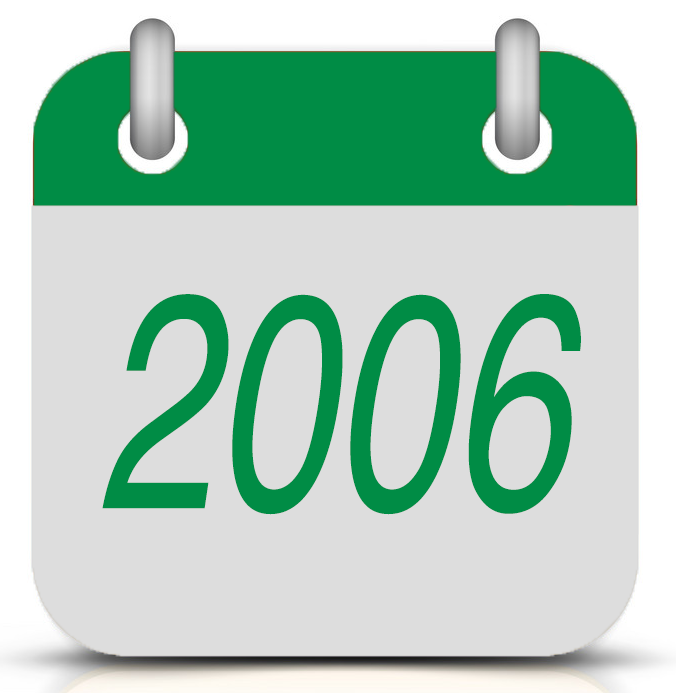
The autumn semester of the 2006 academic year brought many changes to the Institute of Geography at the University of Pécs. On the initiative of Titusz Bugya and Zoltán Wilhelm, and under the leadership of Professor József Tóth, the scholarly journal titled Modern Geográfia was launched. The name of the journal reflects the renewal of geography. The complex and synthesizing approach and the innovative directions are in line with international trends, which can help to understand global economic, social and geopolitical processes. Of course, the increased demand, in parallel with the rapid development of doctoral schools, was a serious motivation to establish the journal. The initial goal was to create an open access platform, free from the constraints of paper-based publications. We made our debut in December and the first articles in Hungarian and English were published.

In 2010, in addition to the leadership duties at the Doctoral School of Earth Sciences, Professor Zoltán Dövényi was appointed editor-in-chief of Modern Geográfia. Since then, he has been constantly working to raise the standard of the journal, including strict adherence to the double blind peer-review process. He considered it important to promote the journal as widely as possible, including in the field of related sciences, in addition to increasing the number of foreign language publications. He is responsible for adding a new section (e-book) to the journal.

Two years later, in order to provide professional and technical improvements, the journal was published by Publikon. At the same time, the visual identity of the journal was renewed. Important elements such as a combination logo, default colour and font types suggested by the publisher appeared on the website and in downloadable articles.
![]()
Since 2015, the range of studies has significantly expanded. The reason for this is well-known: the doctoral school has been supplemented with a geopolitical program, resulting in more and more relevant manuscripts being submitted to the editorial office. The editorial staff was also renewed. The main tasks of the new team members included the effective management of proofreading, the elimination of plagiarism, and the quality control of the figures. The Intersection Committee on Demography of the Hungarian Academy of Sciences made a favorable decision and the journal received a “B” rating. The list, which also includes our rating, was finalized by Section IX of Economics and Law, and soon it was recorded by the Hungarian National Scientific Bibliography.

In 2017, thanks to the new member Levente B. Alpek, the editorial work was also renewed: among other things, a new workflow management system was developed that allows precise tracking of the manuscript status. Another step forward was the development of a reviewer database that can be used in the future.

The editorial team expanded in June 2020 (Róbert Tésits), with the aim of strengthening the involvement of foreign authors as well as increasing international visibility and the number of citations of articles in the journal. The first step in achieving these goals was that all articles received Digital Object Identifiers. In September, independent business pages were created in the social media, and the articles became available to members of various domestic and international professional groups through content sharing. Preparations for the 15th anniversary also began. At the same time, the Publication and Research Support Department of the University Library and Knowledge Center at the University of Pécs examined the scholarly journals published by the university, including Modern Geográfia. Following the review, a journal-specific set of proposals was compiled, which may help to significantly increase international visibility.

The implementation of the proposals began in 2021. This process included restructuring the website, adding an English version of content, and meeting provisions in accordance with international standards (i.e. publication ethics and privacy statements, application of good practices for open access, archiving and repository, and detailed elaboration and presentation of copyright and licencing). This was a precondition for us to initiate the submission of applications to several international aggregator databases (DOAJ, ICI Copernicus, Ebsco, Ulrichsweb, Sherpa Romeo, etc.). The impact of the renewal has become visible in a short period of time: the number of submitted manuscripts and journal citations quadrupled, leading to new challenges and opportunities for cooperation (university library, faculty and university administration, partner journals and NGOs) in the editorial work.
The organization of the jubilee conference for the 15th anniversary was a success. The aim of the symposium was to mobilize and involve young researchers in scientific inquiry even more than before, and to provide them with the opportunity to publish in our journal in the long run. Therefore, the event hosted active students and supervisors of Hungarian earth sciences doctoral schools.
In October 2021, Róbert Tésits became the editor-in-chief. In addition to plans he had previously formulated as an associate editor, he set new goals. These were primarily to ensure long-term sustainability, increased involvement of foreign authors, growth in independent citations internationally, and the introduction of an active, innovative attitude based on common values.
![]()
Archiving the journal’s volumes and articles was recently completed. In addition to the Digital Publication Collection and the Publications Database of the University Archive of Pécs, Repository of the Library of the Hungarian Academy of Sciences (REAL: basic collection and REAL-J: digitized journal collection) provide full-text archiving on a contractual basis. The list is expanded by the Electronic Periodicals Archive and Database, providing digital storage for the articles of the journal within the framework of the National Széchényi Library (EPA NSZL).
The first printed issue in our history was published. In the unusual thematic issue titled “Hungarians in South Asia”, we recalled the memory of Hungarian scientists, artists and travelers who once left a lasting impression in India.
The international scope of the journal expanded further. In March 2022, we welcomed new members to the editorial board: Professor Sunil Kumar De from India, Professor Wiaczesław Andrejczuk from Poland, Professor Sanja Faivre from Croatia, Professor Jürgen Runge from Germany, Jan Hradecký from the Czech Republic, Sándor Berghauer from Ukraine and Matija Zorn from Slovenia.
The rankings of the Hungarian journals registered by the IX. Section of the Hungarian Academy of Sciences (based on the number of independent citations) were published in January 2023. Modern Geográfia was ranked 3rd among many journals.
The Rector’s Executive Meeting of the University of Pécs endorsed our initiative to establish a University Journal Development Working Group with Decision No. 40/2023 (03.09.)
In 2023, the Hungarian Academy of Sciences (Section IX) upgraded the journal, allowing us to receive an “A” rating.
In October 2023, in the spirit of talent development, we launched a new, independent subjournal with its own ISSN, dedicated to accepting articles co-authored by high school students and their mentor teachers.



